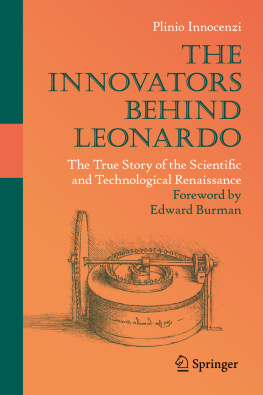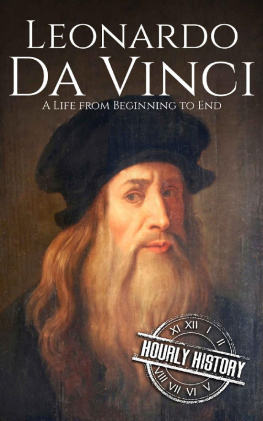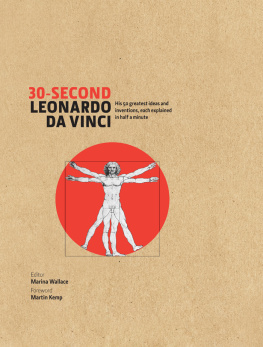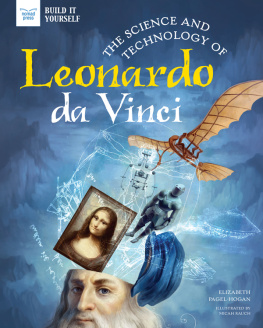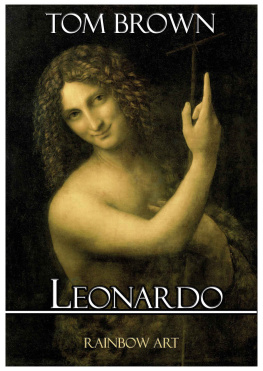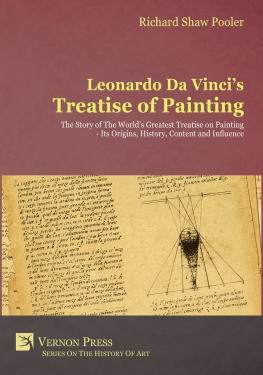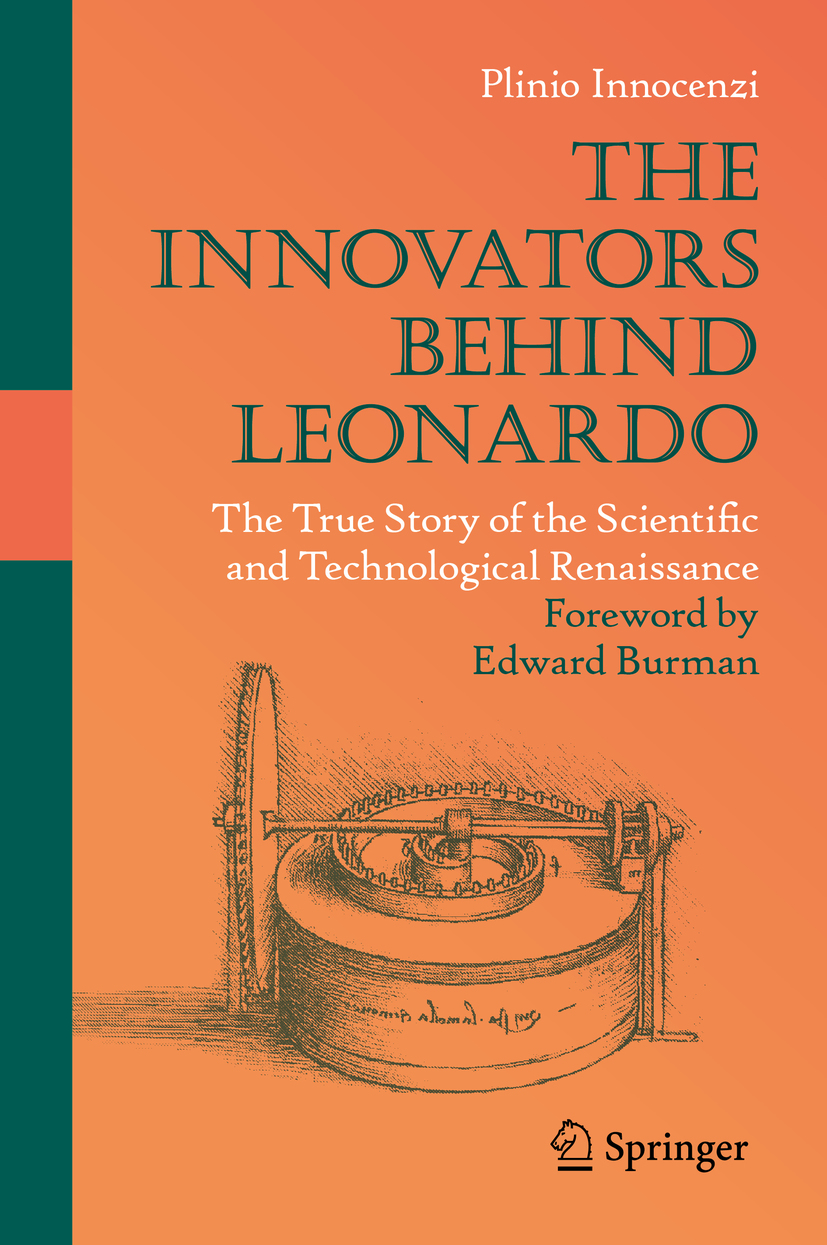Plinio Innocenzi
University of Sassari, Alghero, Italy
ISBN 978-3-319-90448-1 e-ISBN 978-3-319-90449-8
https://doi.org/10.1007/978-3-319-90449-8
Library of Congress Control Number: 2018940662
Springer International Publishing AG, part of Springer Nature 2019
This work is subject to copyright. All rights are reserved by the Publisher, whether the whole or part of the material is concerned, specifically the rights of translation, reprinting, reuse of illustrations, recitation, broadcasting, reproduction on microfilms or in any other physical way, and transmission or information storage and retrieval, electronic adaptation, computer software, or by similar or dissimilar methodology now known or hereafter developed.
The use of general descriptive names, registered names, trademarks, service marks, etc. in this publication does not imply, even in the absence of a specific statement, that such names are exempt from the relevant protective laws and regulations and therefore free for general use.
The publisher, the authors and the editors are safe to assume that the advice and information in this book are believed to be true and accurate at the date of publication. Neither the publisher nor the authors or the editors give a warranty, express or implied, with respect to the material contained herein or for any errors or omissions that may have been made. The publisher remains neutral with regard to jurisdictional claims in published maps and institutional affiliations.
Cover caption: Spring system for a clock. Leonardo da Vinci. Codex of Madrid I, folio 4r, (detail). BNE. (ca. 1493-1497).
This Springer imprint is published by the registered company Springer International Publishing AG part of Springer Nature.
The registered company address is: Gewerbestrasse 11, 6330 Cham, Switzerland
Foreword
Leonardo da Vinci is like one of those authorsDante, Proust, Joycewhom everybody knows, but few have actually read in their entirety. How good it is therefore to have a book about his drawings by an author who is not only a connoisseur of art in general, but also a professor of physics capable of explaining what the elaborate constructions Leonardo depicted are supposed to do. Most of us know about the parachute, the attempts at flight, the putative helicopter, and of course the Vitruvian Man, but few of us can truly understand the myriad machines which throng the six thousand pages of his surviving notebooks. That feat requires someone in possession of specialist scientific knowledge, familiarity with the arcane vocabulary of modern engineering, and a thorough understanding of the technical terms used in Renaissance Italy, both in Latin and Italian.
But perhaps the most fascinating aspect of Plinio Innocenzis study is his convincing investigations into the origins of those magnificent machines. For Leonardo was very much a man of his time. He was not averse to recognizing a good idea in someone elses work and making it his own with superior draftsmanship and the targeted use of techniques such as unusual perspective. He was part of a community of thinkers exploring the world in new ways, pushing the boundaries of knowledge together. He could perhaps be considered primus inter pares as a result of his immense talent, but not a towering solitary genius who sprung from nowhere, as he is often made out to be. In fact, Plinio goes well beyond a straightforward list of Leonardos artistic and technical achievements, instead informing the reader that he has used Leonardo as a lens through which to understand a number of stories of technological inquiry and inspiration that originated during the Renaissance. This leads to a book that is far broader in scope and relevance than a list of works in a museum catalog.
This method is exemplified by the opening chapter, which introduces a number of Leonardos brilliant predecessors and contemporaries, who worked on similar problems and themes. A reader who has worked through a good biography of Leonardo knows about the key influence of one of the greatest and most original of the Florentine engineers and architects, Filippo Brunelleschi, and how a young Leonardo learned from designs for the Cupola of the cathedral of Florence. But who, to take just a single example, knows Mariano Daniello di Jacopo, known by his nickname Taccola (Jackdaw)? I checked one of the best-known biographies of Leonardo in English, six-hundred pages long, and found no mention. Yet Taccola is one of the most fascinating minor characters in Plinios story. This Sienese hydraulic engineer, painter, sculptor, and author of a ten-volume treatise on machines was the source of many of Leonardos ideas. He deserves to be better known, and this book provides a good start, including drawings that were a genuine revelation for me. In fact, the choice of illustrations by those other than the main subject is exemplary throughout the book.
Taccola also appears in the chapter on the Vitruvian Man, along with his fellow Sienese engineer Francesco di Giorgio, whose translation of part of Vitruviuss De Architectura was used by Leonardo himself. It was in fact Taccola who attempted the first Renaissance rendering of the Roman architects instructions on how to create a human figure simultaneously within a circle and a square. His friend Francesco di Giorgio also made an attempt. The results are both less attractive than Leonardos famous drawing, but work well enough on a technical level. Still other versions are discussed and illustrated in this fascinating chapter, which manages to throw fresh light (for all but specialist scholars) on one of historys most famous drawings.
Another unexpected and unusual delight for me was the chapter on Flotation, Walking on Water, and Diving Under the Sea. Leonardos sketches of vortices of water and mill-rushes are celebrated. They were also the drawings that most impressed me in a volume that arrived as a childhood Christmas presentand when I saw some of the originals in Milan and London. But once again, Plinio takes us far beyond those famous sketches into a little-known world of life jackets with inflatable cavities, like the ones flight attendants teach us to use before take-off. He also covers snorkels for surface diving, with masks and goggles; and scuba-like systems, with tubes and other breathing apparatus for going deeper under water for longer periods. Once again there were precedents, but Leonardos designs were often more sophisticated from a technical point of viewand certainly better drawn, an important consideration in view of their military application, for then as now technological innovation was often driven by the needs of warfare. But Leonardos liberal adaptation of previous ideas does not detract from his genius. As Plinio writes, He may not always have used original ideas, but he had the extraordinary ability to go beyond the general representation of a concept to design detailed working projects that we are still able to reproduce and test today.
This book is full of such unexpected pleasures and insights, and I could go on with fascinating examples from each chapter, but it would be better for readers to plunge into this astonishing world and let themselves be guided by the author through its maze of invention. In his conclusion, Plinio comments on Leonardos delight in the world of machines and dreams, arguing that he was happy only when he could spend his time with mathematics, geometry, and mechanics, exploring the natural world

